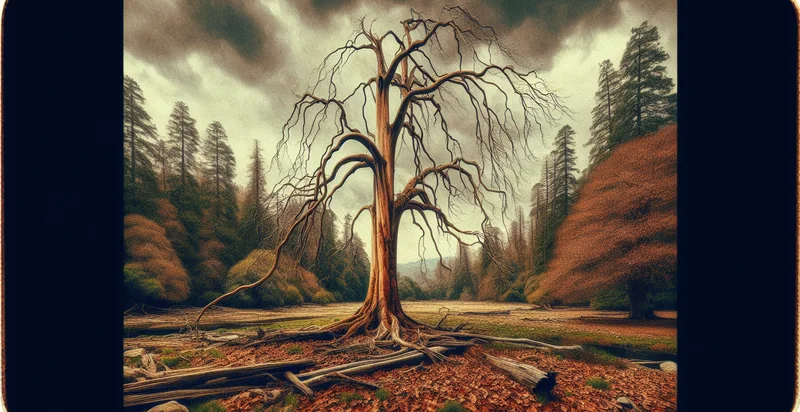Identify if there is a tree
using AI
Below is a free classifier to identify if there is a tree. Just upload your image, and our AI will predict if there is a tree - in just seconds.

Contact us for API access
Or, use Nyckel to build highly-accurate custom classifiers in just minutes. No PhD required.
Get started
import nyckel
credentials = nyckel.Credentials("YOUR_CLIENT_ID", "YOUR_CLIENT_SECRET")
nyckel.invoke("if-there-is-a-tree", "your_image_url", credentials)
fetch('https://www.nyckel.com/v1/functions/if-there-is-a-tree/invoke', {
method: 'POST',
headers: {
'Authorization': 'Bearer ' + 'YOUR_BEARER_TOKEN',
'Content-Type': 'application/json',
},
body: JSON.stringify(
{"data": "your_image_url"}
)
})
.then(response => response.json())
.then(data => console.log(data));
curl -X POST \
-H "Content-Type: application/json" \
-H "Authorization: Bearer YOUR_BEARER_TOKEN" \
-d '{"data": "your_image_url"}' \
https://www.nyckel.com/v1/functions/if-there-is-a-tree/invoke
How this classifier works
To start, upload your image. Our AI tool will then predict if there is a tree.
This pretrained image model uses a Nyckel-created dataset and has 2 labels, including No Tree and Tree Present.
We'll also show a confidence score (the higher the number, the more confident the AI model is around if there is a tree).
Whether you're just curious or building if there is a tree detection into your application, we hope our classifier proves helpful.
Related Classifiers
Need to identify if there is a tree at scale?
Get API or Zapier access to this classifier for free. It's perfect for:
- Urban Forestry Management: Municipalities can use the tree identification function to assess the health and distribution of trees in urban areas. This information helps in planning tree planting initiatives and maintaining biodiversity within city landscapes.
- Insurance Assessment: Insurance companies can integrate this function into their claim assessment processes to identify the presence of trees on properties affected by natural disasters. This can help in determining damage coverage and assessing risks related to property policies in tree-dense regions.
- Environmental Conservation Monitoring: Conservation organizations can utilize the identifier to track tree populations in forested areas and monitor changes over time. This data can inform conservation strategies and land management practices, ultimately supporting sustainability goals.
- Agricultural Planning: Farmers can deploy this tree identification function to evaluate the presence of trees in their fields, enabling better planning for crop rotation and land use. This insight can guide decisions regarding irrigation, pest control, and soil conservation measures.
- Tourism Promotion: Tourist boards can use the identifier to highlight areas with significant tree populations, promoting nature trails and eco-tourism initiatives. This can attract visitors interested in nature conservation and outdoor recreation, boosting local economies.
- Wildfire Risk Assessment: Emergency services can apply the tree identification function to assess potential wildfire risks in various regions. By understanding tree density and species distribution, they can develop strategic fire prevention plans and allocate resources more effectively.
- Smart City Infrastructure Planning: Urban planners can integrate the function into city development projects to consider green space in infrastructure development. Understanding where trees are located allows for better integration of natural features into urban design, promoting environmental sustainability and improving residents' quality of life.


